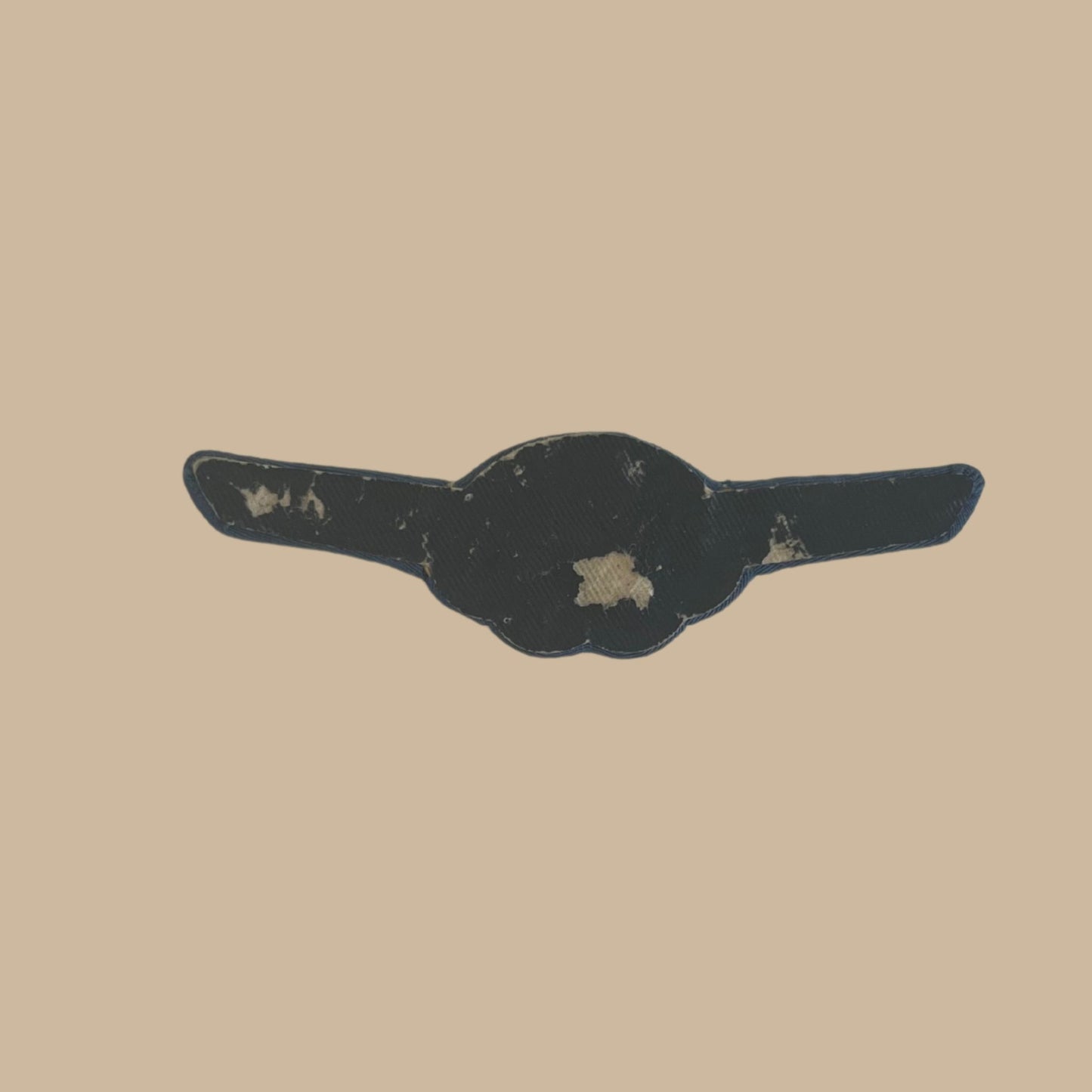🇯🇵 Who Were the NCO Pilots?
NCO pilots in Japan were typically enlisted men who had worked their way up through the ranks rather than coming from the elite officer class. While officer pilots often came from more privileged backgrounds or military academies, NCOs usually rose through practical training and experience. Despite class distinctions, many became skilled and experienced aviators.
✈️ Training and Recruitment
-
Army vs. Navy: The Japanese Army and Navy had separate aviation branches, each with its own training systems.
-
The Army was more open to promoting enlisted men to pilot status.
-
The Navy was more elitist, but still had pathways for NCOs to become aviators due to the growing demand.
-
-
Training Programs:
-
The Army used programs like the Youth Pilot Training Program, which recruited boys from rural areas and trained them intensively.
-
The Navy eventually expanded to include Special Naval Aviator Training Programs that allowed enlisted men to become pilots.
-
-
Rigorous Standards: Both branches had intense, often brutal training regimes. Many NCOs earned their wings through sheer determination and grit.
🛩️ Roles and Duties
-
Fighter Pilots: Some NCOs flew frontline fighters like the Mitsubishi A6M Zero (Navy) or Nakajima Ki-43 "Oscar" (Army).
-
Bomber Crews: NCOs often served as pilots or co-pilots in medium and heavy bomber crews.
-
Kamikaze Missions: In the latter part of the war, NCOs were increasingly used in kamikaze (tokkōtai) units due to the shrinking pool of trained officers.
👥 Notable NCO Pilots
While not as celebrated as officer aces, some NCO pilots became flying aces and gained recognition. A few examples include:
-
Tetsuzō Iwamoto (Navy): Started as a petty officer and became one of Japan's top aces with over 80 claimed kills.
-
Saburō Sakai (Navy): Although he later became an officer, Sakai began his career as an enlisted man and became a legendary Zero pilot.
Combat Effectiveness
-
Many NCO pilots were highly experienced, having flown hundreds of hours before or during the war.
-
Their discipline and loyalty made them reliable in combat.
-
However, lack of strategic education compared to officer pilots sometimes limited their career advancement.




